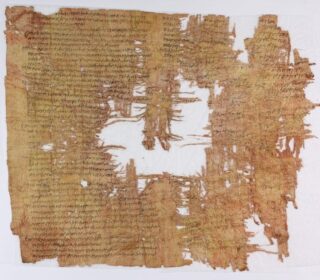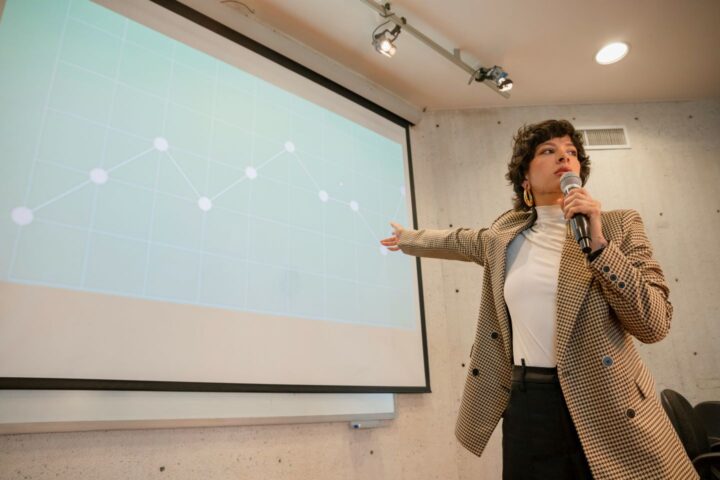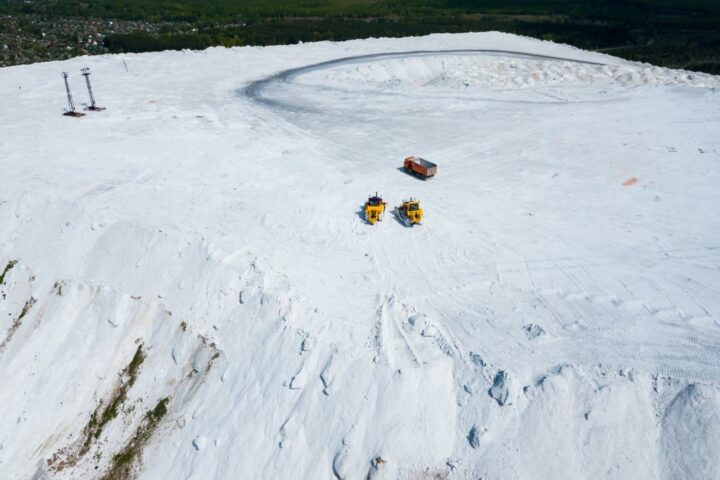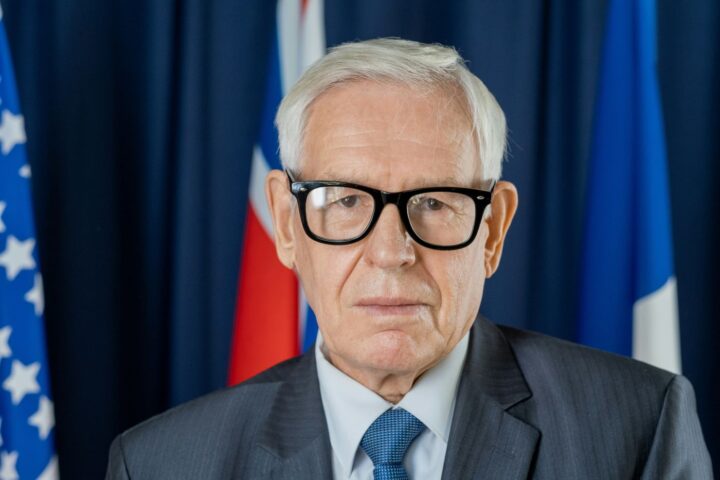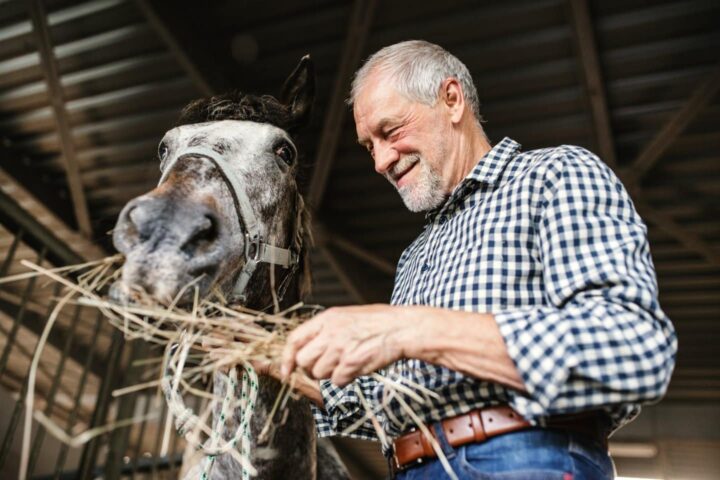For decades, a skull discovered in the ancient city of Ephesos, Turkey, was believed to belong to Arsinoë IV, the sister of Cleopatra. However, a recent study using cutting-edge DNA testing and forensic analysis has revealed a shocking truth: the skull actually belongs to a Roman boy with developmental disorders.
The Legend of Arsinoë IV
The skull was first uncovered in 1929 by Austrian archaeologist Josef Keil, who speculated that it might belong to a young woman of noble birth. Over the years, the legend grew that the skull was that of Arsinoë IV, who was murdered in Ephesos around 41 BCE. However, despite numerous reports and publications, there was never any concrete evidence to support this claim.
The Science Behind the Discovery
A team of researchers from the University of Vienna, led by anthropologist Gerhard Weber, used a range of modern techniques to analyze the skull. These included micro-computed tomography, genetic analysis, and radiocarbon dating. The results were surprising: the skull belonged to a boy aged between 11 and 14, who suffered from pathological developmental disorders. Genetic analysis also revealed that the boy likely originated from Italy or Sardinia.
What Does This Mean for History?
The discovery sheds new light on the history of Ephesos and the legend of Arsinoë IV. While the skull may not belong to the famous queen’s sister, it still provides valuable insights into the lives of ordinary people living in ancient Ephesos. The study also highlights the importance of using scientific techniques to separate fact from fiction in historical research.
The Search Continues
Despite this surprising twist, the search for Arsinoë IV’s remains continues. Researchers remain hopeful that they will one day find the queen’s sister’s final resting place, and uncover more secrets about her life and death.
Conclusion
The story of the Ephesos skull is a fascinating example of how science can challenge our assumptions and shed new light on history. As researchers continue to uncover the secrets of the past, we can expect more surprises and discoveries that will help us better understand our shared human heritage.



